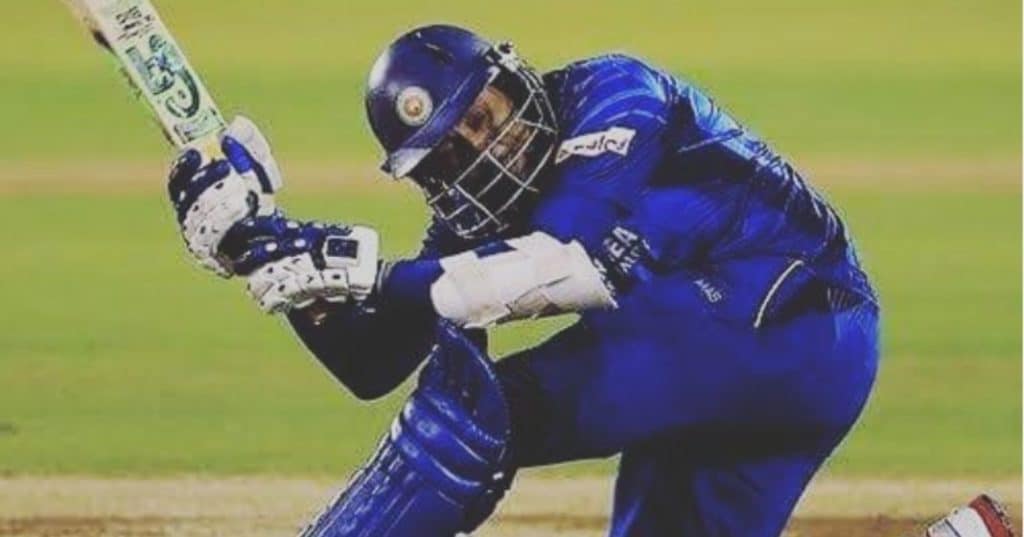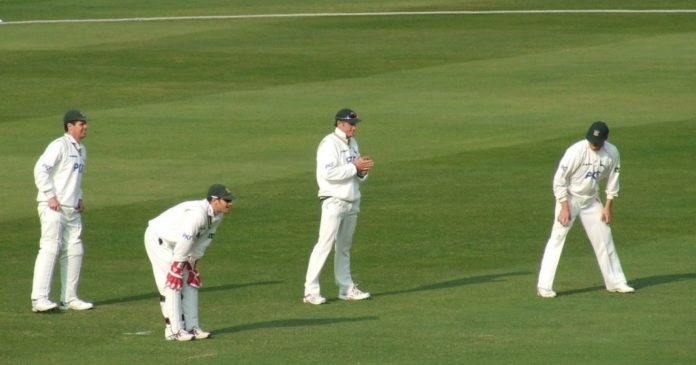Cricket is a sport that has a long history. Through the filter of many years, the sport has been refined to become easily watchable and understandable by a layman. Yet, there are a few rules and laws that very few are aware of. There are also a couple of terms in the game which has been less heard of. We talk about such a term in this article. Today, we tell you the meaning of the long-stop field setting in cricket.
What is the long-stop field setting in cricket?
Field-setting is an important factor in the game of cricket. Of course, a big hit will fly over these fielders, but if the positions of the fielders can trigger doubt in the batsman’s mind, there is an opportunity to take a wicket. In most of the games we see now, conventional field settings are used. This is based on experience and also because these fields have been proven to be the best way to tackle the batting team.
A Long-stop field means that a fielder is placed exactly behind a wicket-keeper towards the boundary. This position is sometimes also known as a ‘very fine leg’.


When is it used by a captain?
A long-stop field setting is hardly used by a captain. In the early years of the game, this fielder was used to cover for the incompetency of the wicket-keeper. However, now, with wicket-keepers receiving specialised training drills, such a situation never arises.
That said, with the advent of T20 cricket, batsmen have started targeting this area of the field. Players like T Dilshan and AB de Villiers have made the best use of this gap using their innovative shots. A captain may not afford to place a fielder there as it would open up another easily attainable gap on the field.




